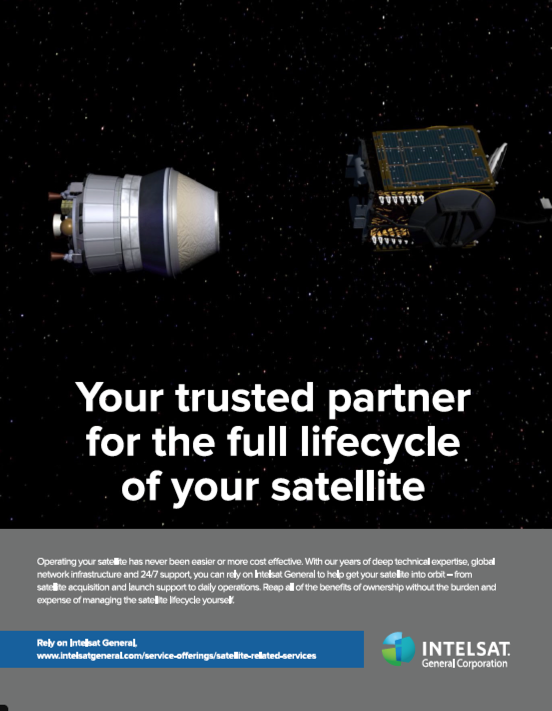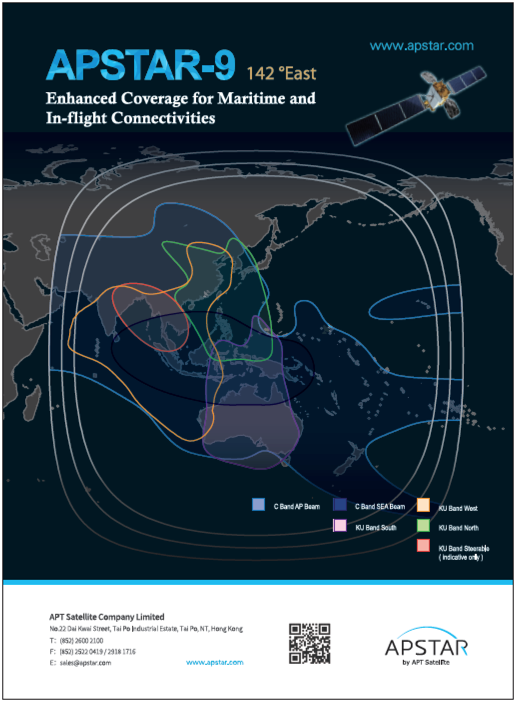Is your VSAT network built for business intelligence?

Amid the excitement these days of higher volumes of capacity and expanding market opportunities comes a new reality for satellite service providers: the need for greater network intelligence. That’s because with growth comes more capacity to manage, more technologies to integrate, more applications to support, and more data tied to critical business decisions.
Today’s communication networks are increasingly diverse. A growing range of equipment must seamlessly work together to deliver the service levels required by end customers. Further, these networks generate a high volume of data across disparate sources that must be constantly monitored, integrated and analyzed.
Providing and maintaining a high quality of service requires an in-depth understanding of how all of the pieces of a network interoperate. A network management system (NMS) must be able to intelligently analyze the entire network to provide deeper visibility and control of operations. When the network is operated with a higher level of intelligence, the end result is better management of the overall business—a stronger ability to pre-empt service degradation, resolve issue in real-time and optimize network capacity.
An Intelligence Assessment
Today, service providers must run an intelligence status check on their current network management capabilities. Focusing on key priorities, an intelligent NMS must accomplish the following:
• Provide a comprehensive view of all systems and equipment across all access technologies. This includes satellite, fiber and microwave networks, power supply units, air conditioning systems, security cameras and the myriad other components that comprise the total network.
• Understand how different pieces of equipment depend upon each other and how to switch between different pieces of equipment to ensure that the quality of service is maintained.
• Serve as a single platform that integrates asset management, troubleshooting and performance monitoring.
• Enable staff to monitor and access the network
• 24x7 wherever they are located using a modern, web-based interface that accommodates any language.
• Focus on what the end-user needs in real-time to make a decision—targeted exactly what matters within an expansive network environment.
• Allow end customers to analyze network usage to optimize performance.
A Network Case Study
Last month, Agilis introduced the idea of a Partnership with Understanding—the importance of forming market relationships around the unique challenges you face as a satellite business operating in this new era. Determining success in the years ahead depends on a level of understanding that must be achieved from a technical and business perspective as well as having a partner that understands the full breadth and depth of the marketplace as well as the unique business drivers.
An examination follows of how a Partnership with Understanding can make a difference from a network perspective through the Agilis partnership with SpeedCast—and how having a VSAT network built for intelligence can help guide a business forward with confidence in this new era of satellite.
SpeedCast operates a highly complex communications network with multiple access technologies that support numerous applications for a range of customers and uses more than 70 satellites around the world out of 39 strategically located teleports. As the network footprint increases, complexities escalate and customer demands intensify.

Pierre-Jean (PJ) Beylier, CEO of SpeedCast International Ltd, describes this condition best when he states, “Every day, the demands of our customers are growing, and it’s our duty, our role, our mission, to help them with those demands.”
With such level of growth and complexity, the idea of having a system that simply monitors and manages the network is merely step one for what is required to be truly in tune with the company’s network. The understanding today is that the network must be equipped to drive true business value. This comes only through deep visibility into all pieces of that network—complete network intelligence.
As Beylier added, “The need today becomes how to be more productive in network management.”
For SpeedCast, such a scenario looks like this: Running deep-level analysis at specific points within the network, being instantly alerted on network service degradation regardless of technology or platform, and having the ability to tap into historical data in order to study and analyze network usage.
The ability to ensure that network infrastructure is monitored from the perspective of the customer—and that service providers can better manage service level agreements (SLAs), produce customized reports, and become more proactive in the process of service provisioning is truly what is meant by the phrase “optimizing network performance.”
Betting on Business Performance
The key to success for SpeedCast is in finding ways to maximize the use of satellite capacity in order to provide the correct level of efficiency, performance and user experience to customers.
This fact became very apparent to Agilis in the development of the Agilis RealTime Advisor™. This web-based software provides satellite service providers a complete view of the entire communications network, along with intelligent analysis that improves quality of service and reduces operational costs across the business. The product enables deep visibility and analysis into hundreds of systems and equipment across the entire network.
SpeedCast was among the first to embrace this system. This technology sits right at the heart of its world-class teleport in Singapore. The company calls the technology “instrumental” for their operations, allowing for the provisioning of the best quality service for customers around the world.
Next Up
In an upcoming issue of SatMagazine, the need for multiple pieces of equipment operating across mobile, fixed and satellite networks and how all must all be integrated in a manner that addresses application-specific needs while providing value to the core business will be examined.
www.agilissatcom.com/

Rajanik Mark Jayasuriya is currently the Vice President for the Satellite Networks Business Group (SNG) of ST Electronics. Mr. Jayasuriya has extensive knowledge in the satellite industry having worked in the field for over 20 years. Mr. Jayasuriya holds multiple patents for technology advancements. In addition, his vast experience in the commercial and government satellite and telecommunications markets range from product design, engineering, operations, sales and system integration.
In his current role, Mr. Jayasuriya’s team delivers backbone communications solutions to key global defense and commercial organizations. Under his leadership, SNG has distinguished itself in the industry for supplying sophisticated, customized solutions to solve unique business challenges. Previous to this position, Mr. Jayasuriya held the title of Regional Vice President for iDirect Asia (an ST subsidiary). In this role, he managed sales operations across Asia resulting in opening the key markets of China, India, and Vietnam for iDirect products.



